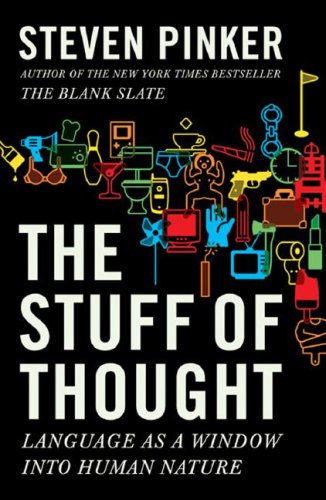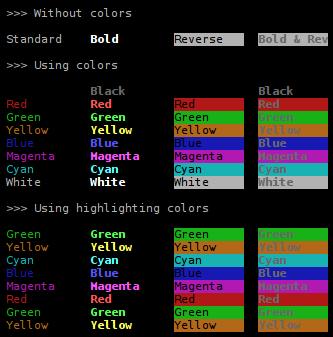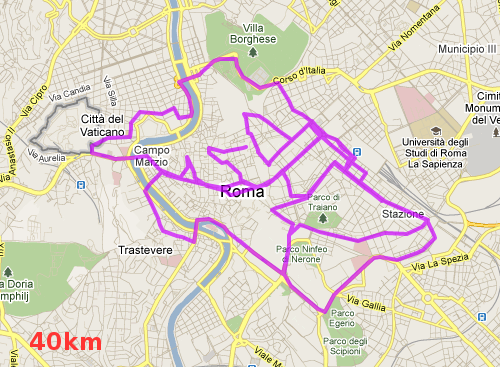In English the word "cheap" has two meanings (probably more than two, but let's not get into that right now). Thus, when someone describes a thing as cheap you should hesitate to assign to it the more laudable of the two meanings, that of being good value for money. Because it may also be that the opposite meaning is sought, namely little value for little money.
I imagine this being the reasoning which compelled Tele2 to choose their slogan so carefully: "born to be cheap", which they apparently use untranslated in every country where they operate.
The fact is that if all you want is an internet connection at home then there is no cheaper option than Tele2 on the Dutch market, at least to my knowledge. Wherever you may go you will end up forking over 20 bucks per month, plus the 5 bucks ransom paid to would-be roadside bandits KPN for their generous permission to use your phone line. What you get in return for the 25 may vary, but noone will give you a better price. At least there is no sign-up fee, or installation fee, or additional surcharge on the precharge etc.
The 15th of May contact is made, Tele2's website affirms they are able to connect me at my new address. I immediately dispatch the order form. A week or so later, not having heard so much as a dolphin sqeak from Tele2, I call their support department. They've never seen my order. What's more, they're saying there's another customer at my address (previous tenant probably) whose personal information must be wiped from the record before they can take my order. This could take as long as a week.
A few days later, just as a sanity check, I try to re-make my order on their website. The order number printed on the screen is 0. Their system is hosed. It was probably like that the first time, but I failed to notice amid all the other output. So I call again. This time they have to do some deep digging to ascertain the fitness of my phone line vis a vis the yadayadayada. But at least they have my order now, per phone. Unless they lose it we're one step ahead.
A week rolls by. I finally get the letter in the mail, I'm proud to call myself Tele2's newest customer. The order is in, the letter has been sent out, surely it's imminent now. I have a tentative activation date on June 15.
Another week and a half and the modem arrives. Albeit in many small pieces and totally banged up. The package is rejected and Tele2 is tasked to send a modem that has the plastic shell intact. A week before the end of June it arrives, all is set now.
To my great satisfaction, DSL service has come such a long way that you don't need a technician to come to your house anymore, they send you printed instructions instead. You pay less and you get it sooner. So I set it up as per the instructions, only to realize that they've sent me all the pieces except the actual plug that plugs into the telephone socket. Oh, it's in the picture, but it's not in the box, why would it be? Don't you like when they get you involved with the problem solving too? I bet you can figure out where to buy a plug like that, you clever devil you.
Alas, the plug fits, but the modem works not. 20 minutes on the line with the support guy leads me to the illuminating realization that just because there are telephone sockets in the apartment doesn't imply they are connected to anything. So now they have to send an engineer anyway, albeit Tele2 is paying for it.
The guy termed the engineer is precisely what I expect him to be, a guy from KPN, the overlords of the telephone networks. He goes to work downstairs in the entrance hall. Says the phone line reaching as far as the apartment building works just fine, to which I ask him about the phone sockets in my apartment. "No no, that's not up to KPN, that's up to you or your provider, Tele2. We only check that it works up to this point." How terribly helpful of you. What they call the "ISRA punt" is a thick blue wire, the master phone line into the building. This goes into a gray connection box, which provides a connection point for every apartment in the building. Some of the wires going up to the various apartments are plainly disconnected from the box entirely, including mine. It might just be a matter of trying all the disconnected wires into my socket, one by one, and see if that makes it work. If I could borrow the guy's tools for 10 minutes I could try that. But he left.
So I'm back on the phone with Tele2. It turns out they don't give a rat's ass if the phone line in your apartment works (even though, I should mention, they're also a telephone provider), just as long as it works in the basement of your building where you may plug in at your convenience. So now I have to get their technician to come afterall, paying the 69.95 installation cost. This on top of probably 30 bucks I've already spent calling their not-at-all-cheap support line a dozen times.
It's six weeks since I made my order and I still have nothing. This isn't a phone line in rural Afghanistan, it's in The Hague. I have *several* Tele2 wireless networks in range of my laptop. I just can't get mine.


 August 8th, 2010
August 8th, 2010




